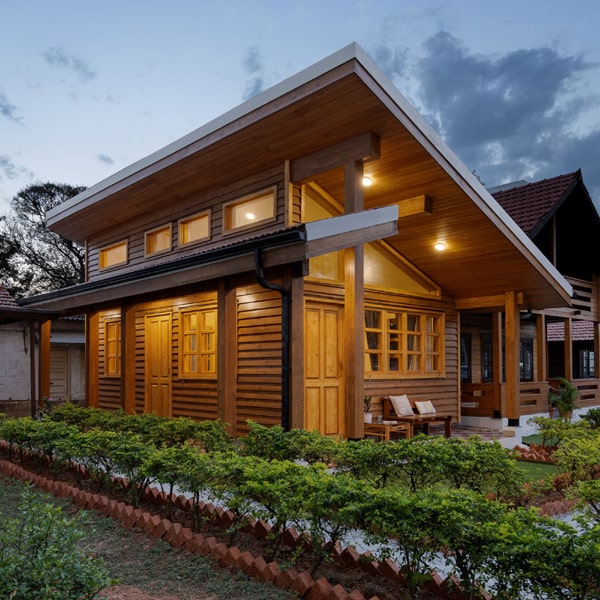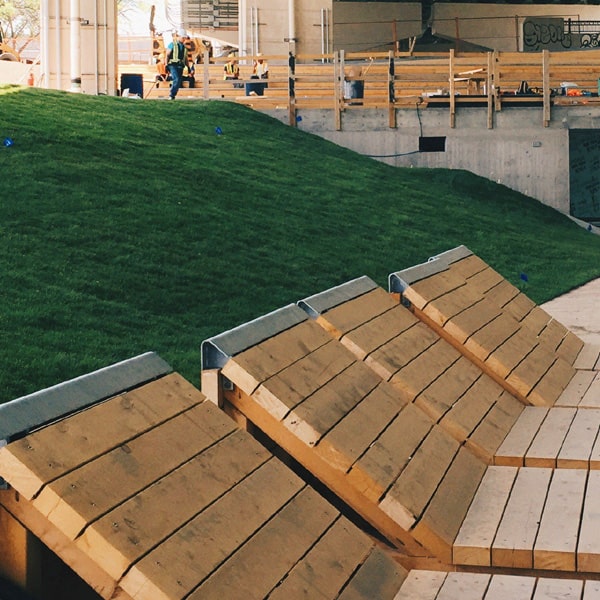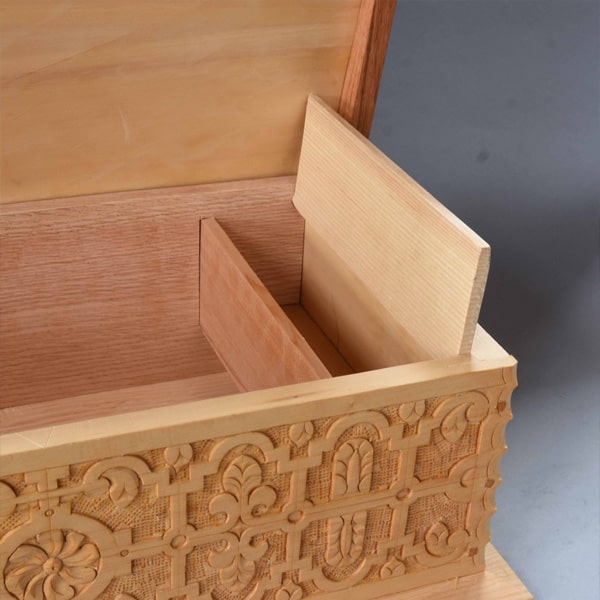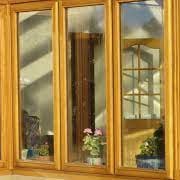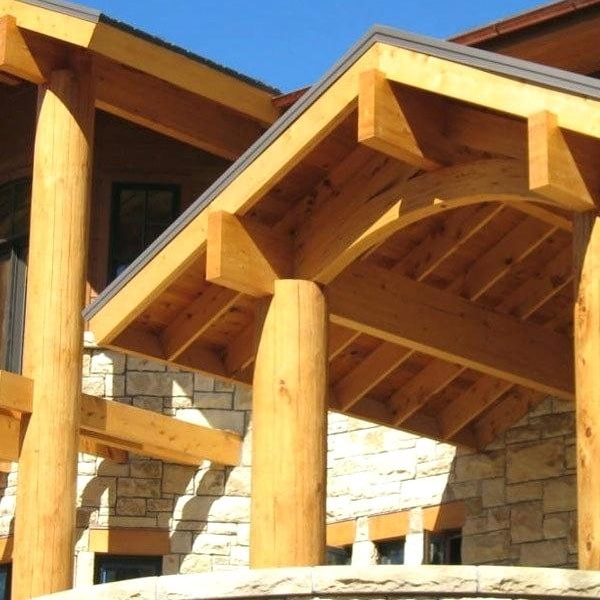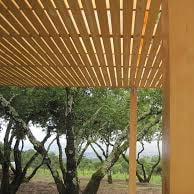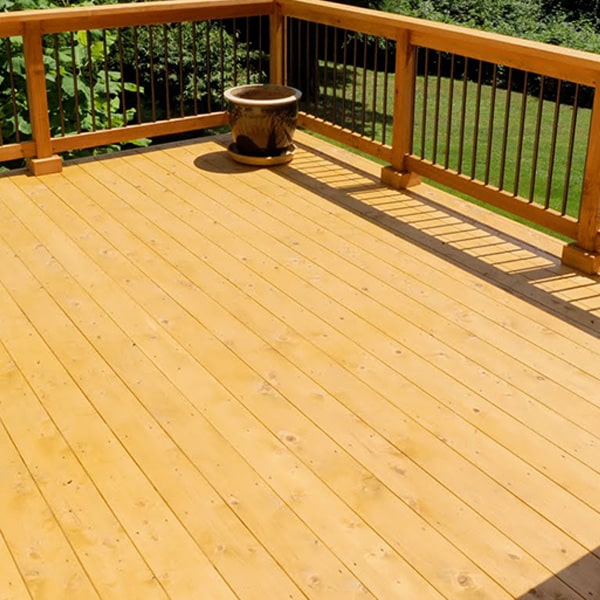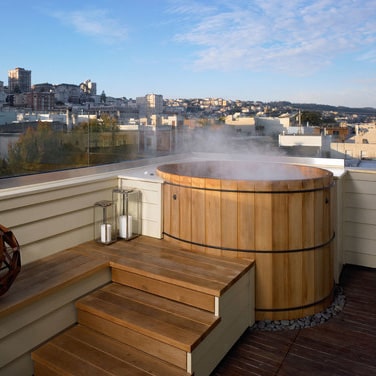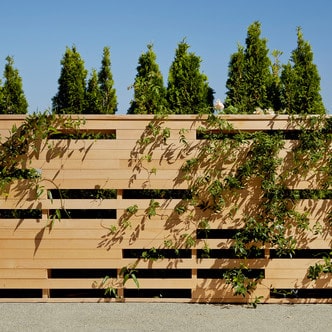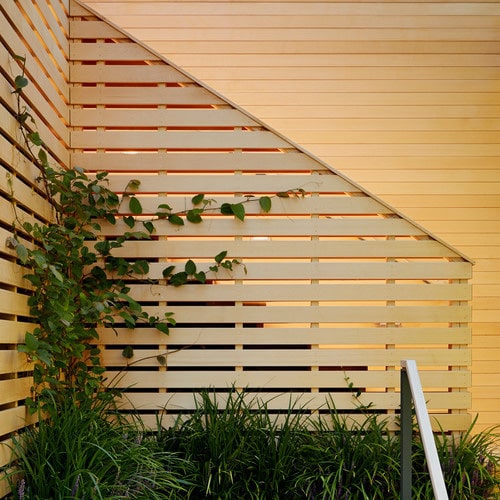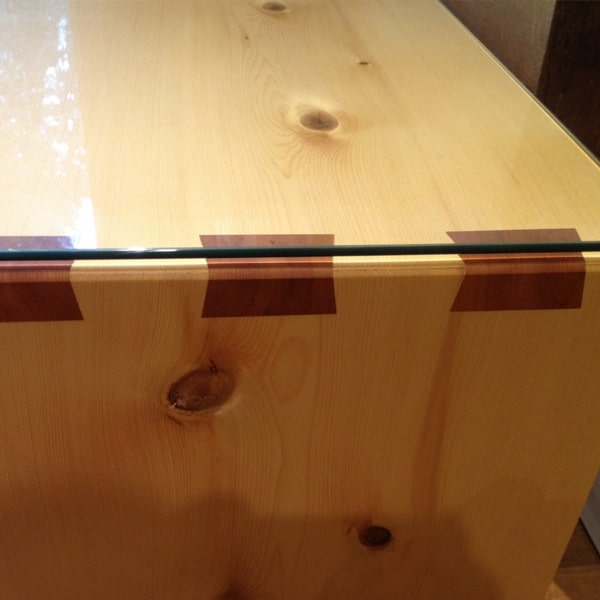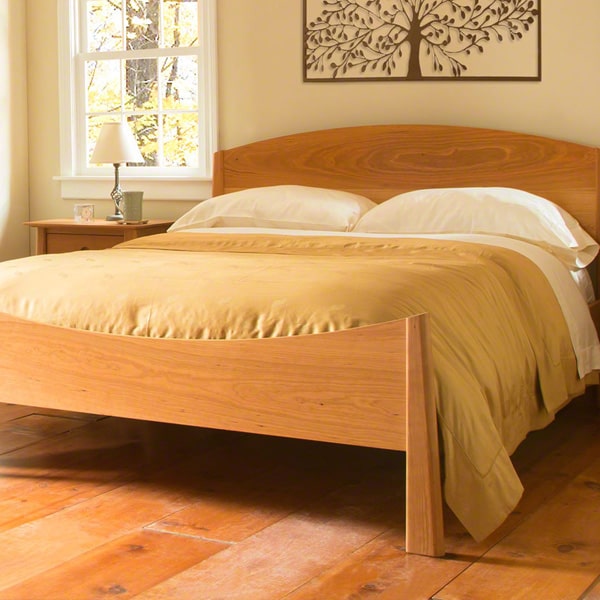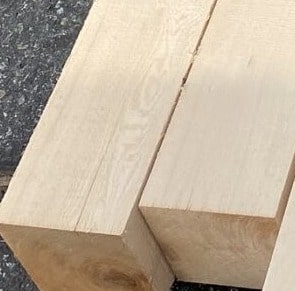
What is Yellow Cedar Wood?
Yellow cedar, a prevalent species thriving along the coast and west of the coastal mountains in British Columbia (B.C.), Canada, is renowned for its resilience and strength. As it matures, this medium-sized tree can soar to heights of up to 24 meters with a diameter reaching 90 centimeters, presenting a rare and exquisite sight, as noted by softwood dealers in India.
What sets this wood apart is its remarkably slow growth rate, taking approximately 200 years to attain marketable size, a unique trait exclusive to its native habitat. Despite the abundance of tropical and coniferous woods worldwide, yellow cedar stands out for its exceptional properties, making it an excellent choice for doors and windows. Widely recognized for its durability, yellow cedar is a preferred material for window and door jambs, finding extensive use in exterior applications across the globe.
Moreover, yellow cedar plays a significant role in the construction of green buildings, aligning with current sustainability trends. Available in various grades and sizes, certified yellow cedar lumber adheres to rigorous quality standards, reflecting the commitment to sustainability inherent in all Canadian wood species.
Workability
If not chosen carefully, constant and harsh fitting and fixtures might cause timber materials to become loose or just wear away. Assuring durability despite frequent use, Yellow-Cedar has good nail and screw gripping capabilities. This solidifies it as a viable option for ornamental and adornment work as well.
Sustainability
Common Uses
We provide a variety of sawn Yellow Cedar wood products.
- Lumber in a variety of sizes that has been hand-selected and regraded
- Maximum 18% moisture content after kiln drying
- finished with edges on all four sides
- Source: Canada

